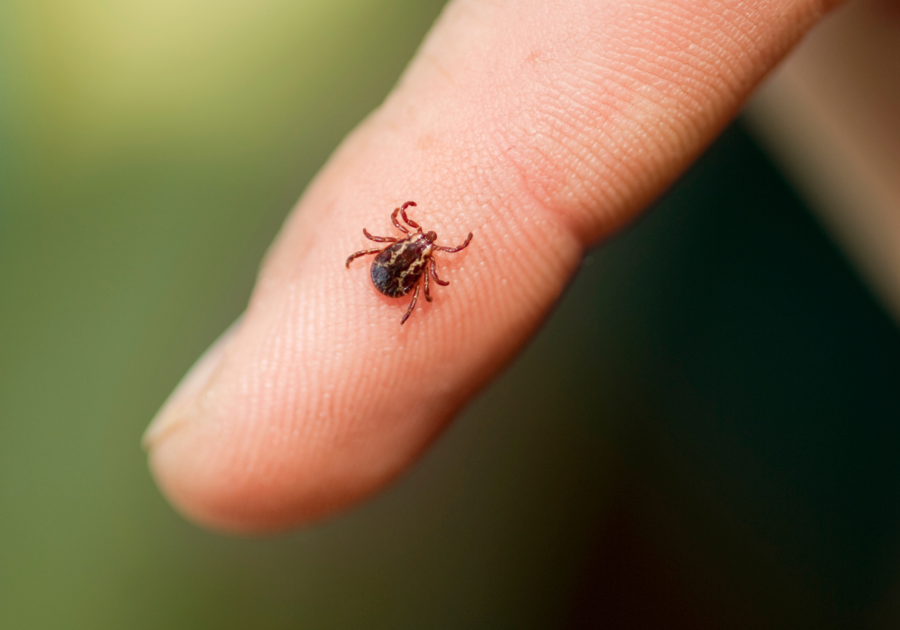Summer is so much fun as we venture out on camping trips and hikes. Unfortunately with the fun of getting outdoors, we also have to be mindful of ticks! According to experts, as our climate has gotten warmer, ticks have begun showing up earlier and earlier and bringing with them the risks of bacterial infections such as Lyme disease.
The Centers for Disease Control and Prevention (CDC) estimates that approximately 30,000 cases of Lyme disease are reported each year in the US. Lyme disease is a bacterial infection that causes fatigue, fever, headaches, and skin rash. It is often treated with antibiotics, but if left untreated it can affect the nervous system, joints, and heart.
Ticks .... Scary stuff, huh? But keep in mind that just because you've gotten a tick bite, it does not mean you have contracted Lyme disease. Lyme disease is most commonly transmitted by black-legged or deer ticks (although other types may carry it too), and not every black-legged tick carries Lyme disease. Black-legged ticks are most common in Wisconsin, Minnesota, the West Coast, and Northeast and mid-Atlantic areas. However, if you are concerned about the bite and/or symptoms that develop, seek the advice of your medical practitioner.
| SO HOW DO I AVOID TICKS? |
- When hiking and camping, try to stick to the path. Ticks love wooded, bushy areas.
- A repellent with 20-30% DEET is very effective against ticks.
- Wear long pants and long-sleeved shirts when out hiking. Tuck your pants into your socks and boots.
- If you've been outdoors in a high-risk area, do a full body tick check when you come inside? This includes on the scalp, behind knees and in elbow creases, underarms, in and around ears, and inside belly buttons!
- Be sure to check your clothes and gear for ticks too as you don't want to carry them inside.
| WHAT TO DO IF YOU FIND A TICK ON YOU OR YOUR CHILD? |
Your best tool for removing a tick is a pair of pointed tweezers (you can also purchase a special tool for removing ticks). Put the tweezers as close to the surface of the skin as you can and grab the tick. Do not use a jerking or twisting motion; just pull straight up. The goal is to remove the tick's mouth from the body. Do not crush the body of the tick while its mouth is still in you as it will send any possible bacteria from the tick straight into your body.
After the tick is removed, clean the area and your hands with antibacterial soap. Do NOT crush the tick with your fingers. If you are in a high-risk area, you may also want to save the tick for testing by putting it in a plastic bag or small bottle with a damp paper towel or green leaf. Label the container with your name, date, and how long and where the tick was attached. If you are not going to have it tested, dispose of the tick by flushing it down the toilet.
Visit the CDC website to find out more about ticks, Lyme disease, and your risks.
Be sure to tell local businesses and events you found them
on Macaroni Kid Greater Woodbridge
and make sure to tell all your friends!
 |  |  |  |  |



